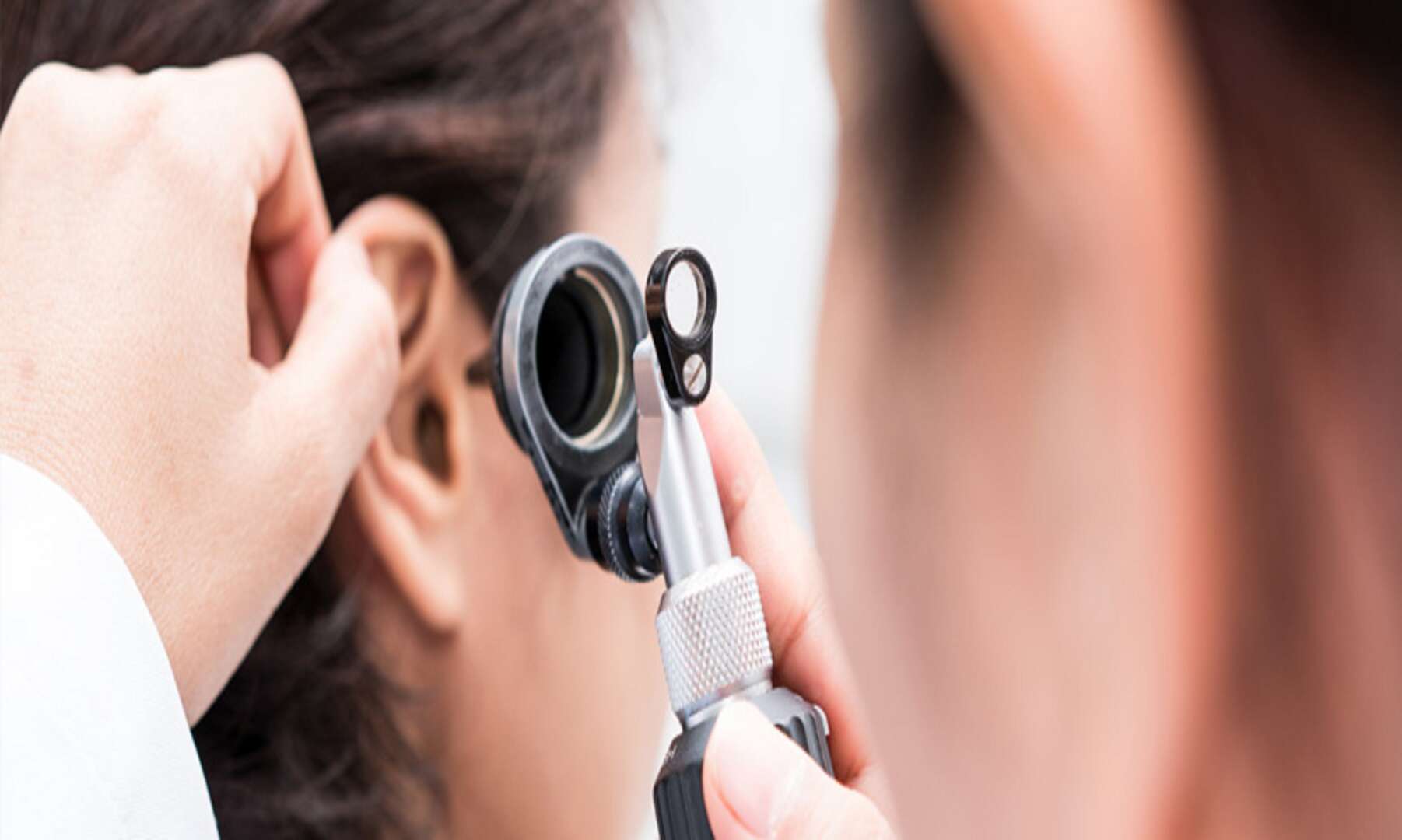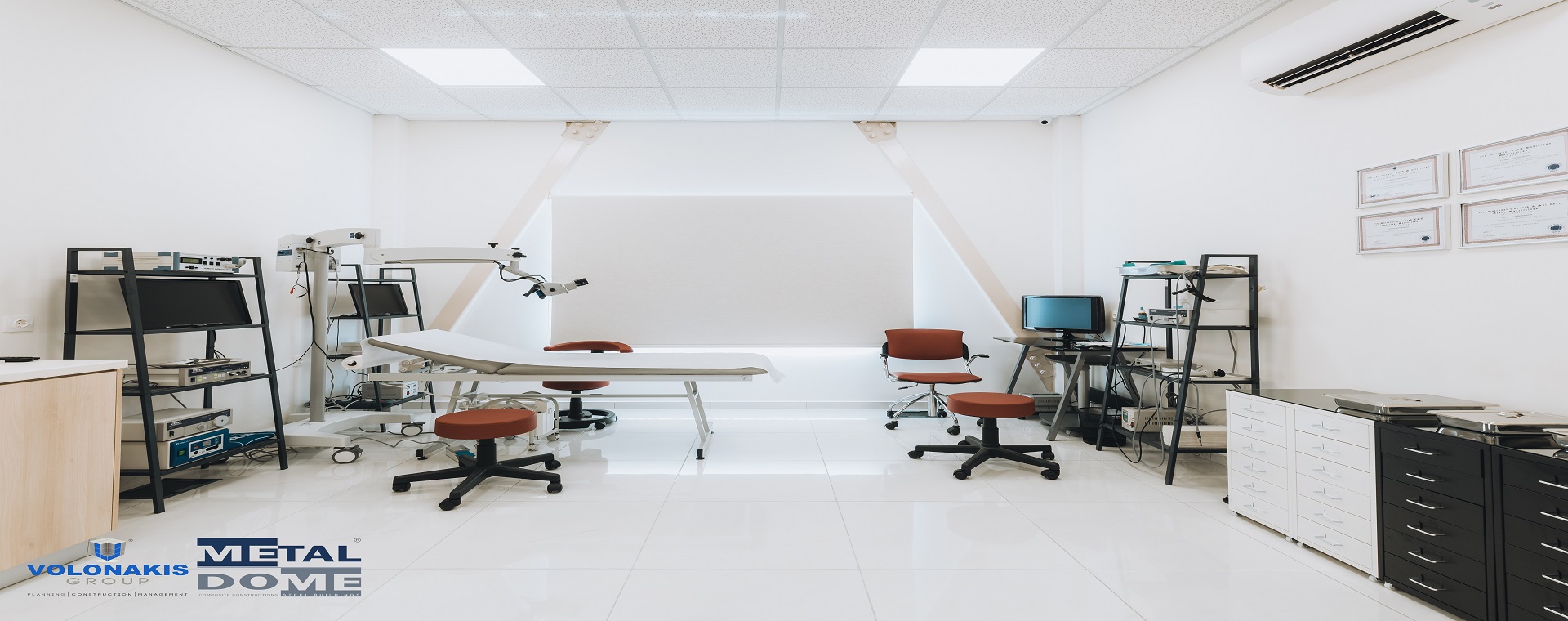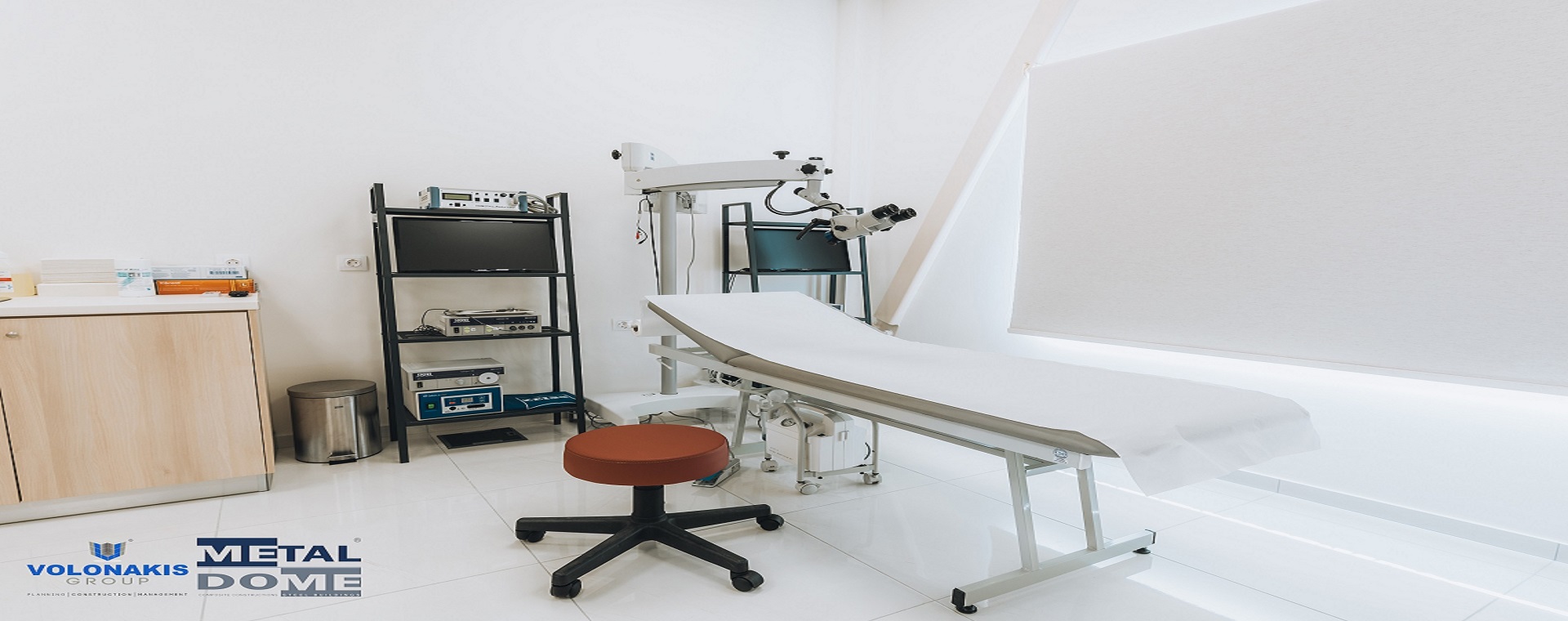Description
Evangelos K. MRCS MSc
Professional experience in England
• Ear, Nose and Throat Consultant Surgeon at Royal Cornwall Teaching Hospital (2016 – 2019)
• Ear, Nose and Throat Consultant Surgeon at Royal Stoke University Hospital (2014 – 2016)
• ENT Specialist (Ear, Nose and Throat Specialist) at Queen Elizabeth Hospital King’s Lynn (2013 – 2014)
Professional experience in Greece
• ENT surgeon in the private practice / endoscopic and audiological laboratory (2002 – 2013)
• ENT Surgeon for adults and children at MITERA Private Hospital in Maroussi (2002 – 2013)
• ENT Surgeon at the General Clinic of Dodecanese Euromedica (2006 – 2013)
Postgraduate studies
• Degree in membership of the Royal College of Surgeons of England (final exams 1998)
(Member of the Royal College of Surgeons of England) (MRCS)
• Master of Hearing & Balance Medicine from the University of Manchester (final exams 2001)
(MSc in Audiological Medicine for Hearing and Balance Disorders)
Specialisation
Specialty in Otolaryngology from 1995 to 2001 in the following hospitals in England:
• Colchester General Teaching Hospital
• Queen Elizabeth University Hospital (Birmingham)
• Birmingham Heartlands Teaching Hospital
• New Cross Teaching Hospital (Wolverhampton)
• Royal Devon and Exeter University Hospital
Foreign Languages
• English (Cambridge University Certificate of Proficiency, grade A)
• French (Certificat de Langue Francaise)
• Spanish








